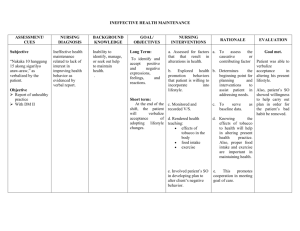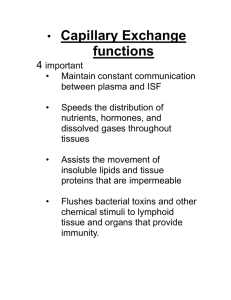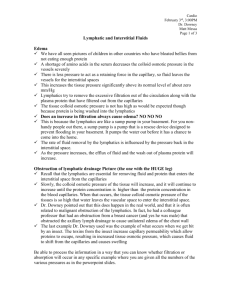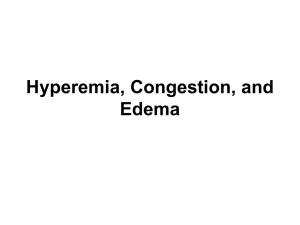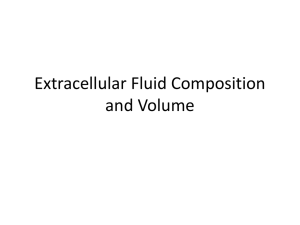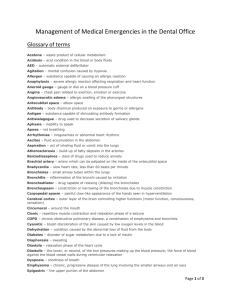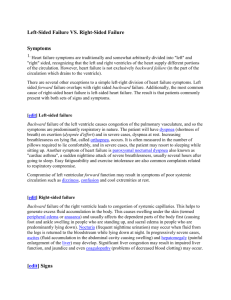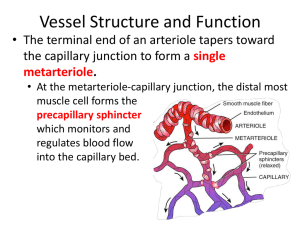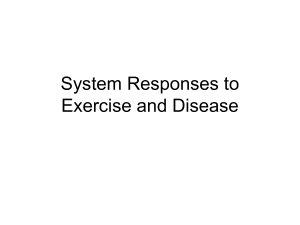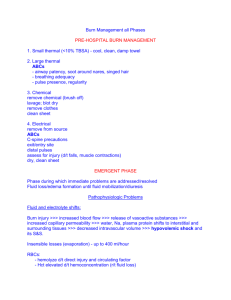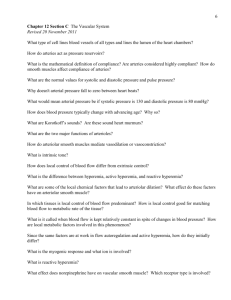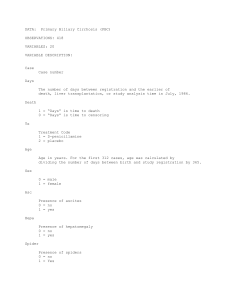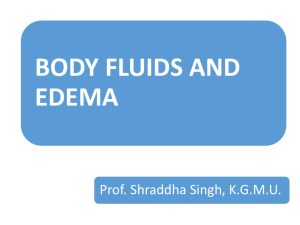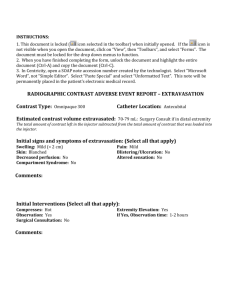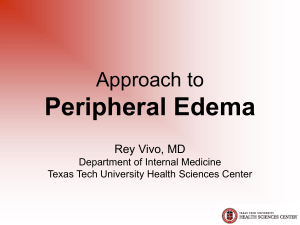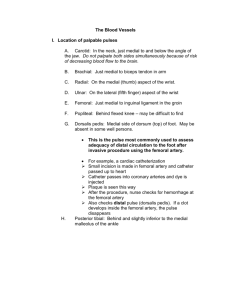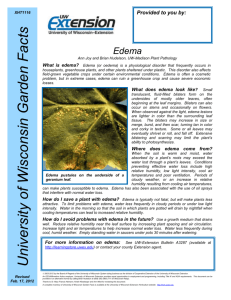Edema - MBBS Students Club
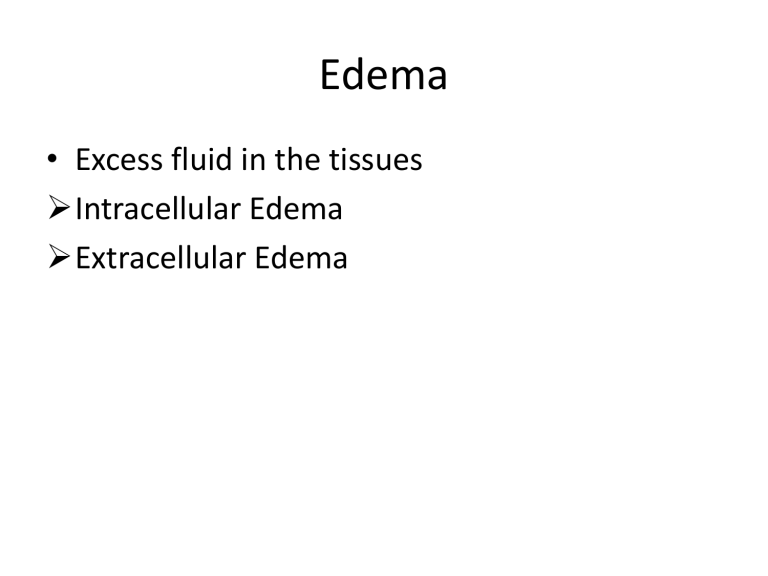
Edema
• Excess fluid in the tissues
Intracellular Edema
Extracellular Edema
Intracellular Edema
1) Hyponatremia
(2) Depression of the metabolic systems of the tissues
(3) Lack of adequate nutrition to the cells
4) Intracellular edema can also occur in inflamed tissues. Inflammation usually increases cell membrane permeability
Extracellular Edema
• Excess fluid accumulation in the extracellular spaces
abnormal leakage of fluid from the plasma to the interstitial spaces across the capillaries
failure of the lymphatics to return fluid from the interstitium back into the blood called lymphedema
Capillary Filtration
Factors That Can Increase Capillary
Filtration
• Increased capillary filtration coefficient
• Increased capillary hydrostatic pressure.
• Decreased plasma colloid osmotic pressure
I. Increased capillary pressure
I. Excessive kidney retention of salt and water
I. Acute or chronic kidney failure
II. Mineralocorticoid excess
II. High venous pressure and venous constriction
I. Heart failure
II. Venous obstruction
III.Failure of venous pumps
(a) Paralysis of muscles
(b) Immobilization of parts of the body
(c) Failure of venous valves
III.Decreased arteriolar resistance
I. Excessive body heat
II. Insufficiency of sympathetic nervous system
III.Vasodilator drugs
I. Decreased plasma proteins a. Loss of proteins in urine (nephrotic syndrome) b. Loss of protein from denuded skin areas
I. Burns
II.Wounds c. Failure to produce proteins
I. Liver disease (e.g., cirrhosis)
II.Serious protein or caloric malnutrition
I. Increased capillary permeability
I. Immune reactions that cause release of histamine and other immune products
II.Toxins
III.Bacterial infections
IV.Vitamin deficiency, especially vitamin C
V.Prolonged ischemia
VI.Burns
I. Blockage of lymph return
I. Cancer
II.Infections (e.g., filaria nematodes)
III.Surgery
IV.Congenital absence or abnormality of lymphatic vessels
Safety Factors That Normally Prevent
Edema
(1) low compliance of the interstitium when interstitial fluid pressure is in the negative pressure range
(2) the ability of lymph flow to increase 10- to
50-fold
(3) washdown of interstitial fluid protein concentration which reduces interstitial fluid colloid osmotic pressure
1.The safety factor caused by low tissue compliance in the negative pressure range is about 3 mm Hg.
2.The safety factor caused by increased lymph flow is about 7 mm Hg.
3.The safety factor caused by washdown of proteins from the interstitial spaces is about 7 mm Hg
• The total safety factor against edema is about
17 mm Hg
• This means that the capillary pressure in a peripheral tissue could theoretically rise by 17 mm Hg before marked edema would occur
